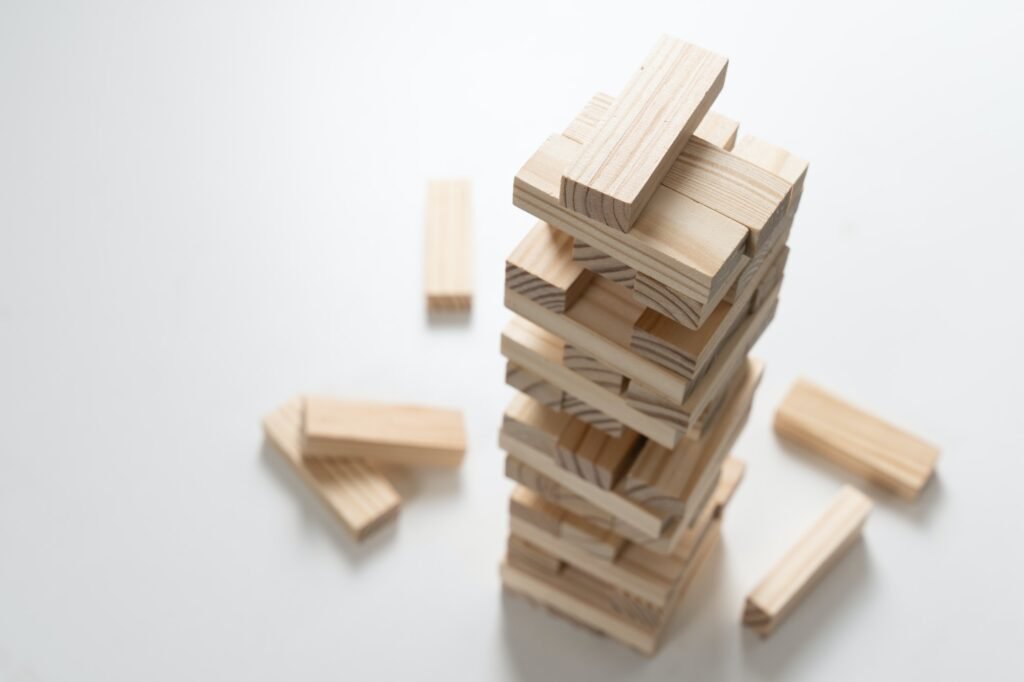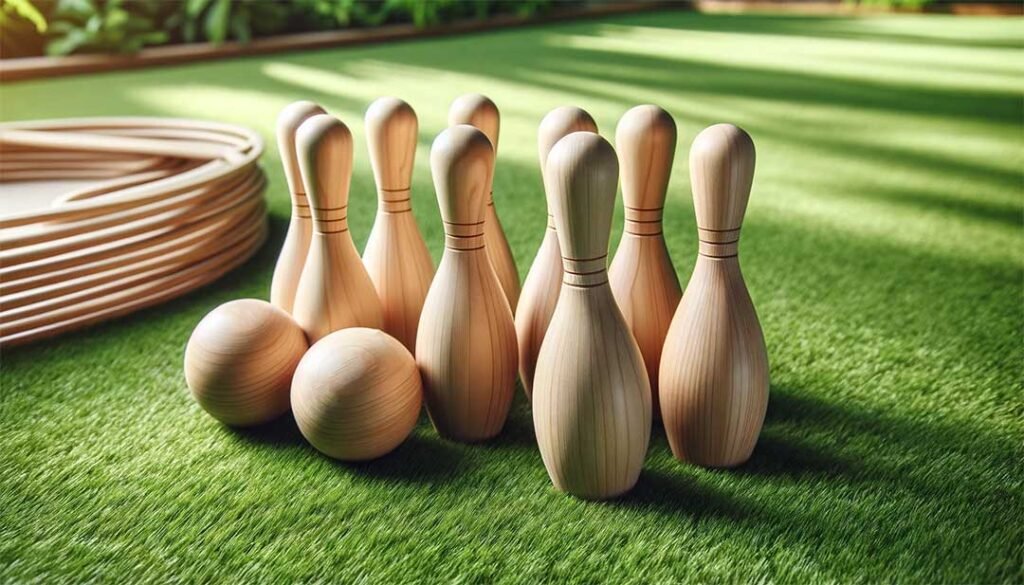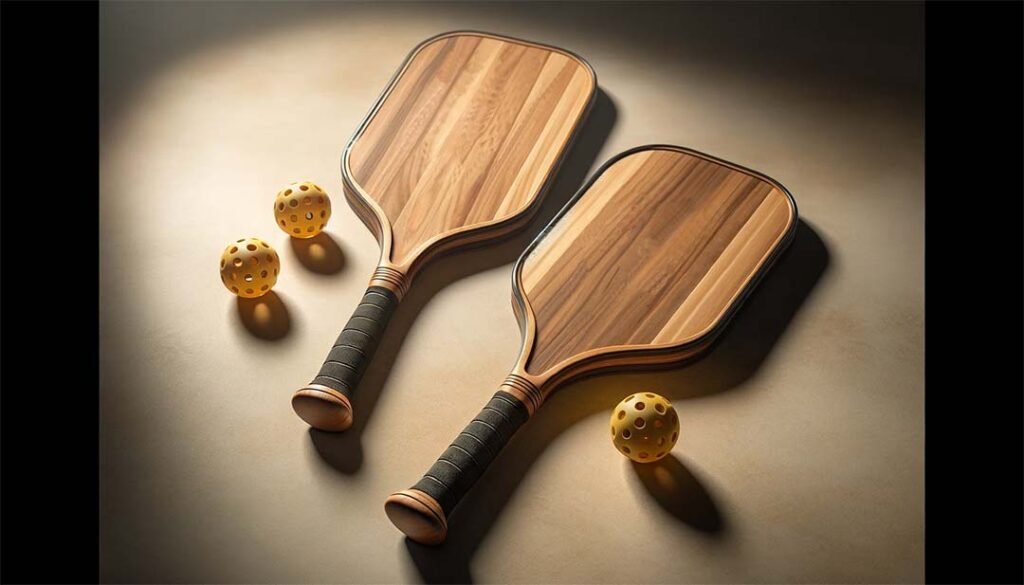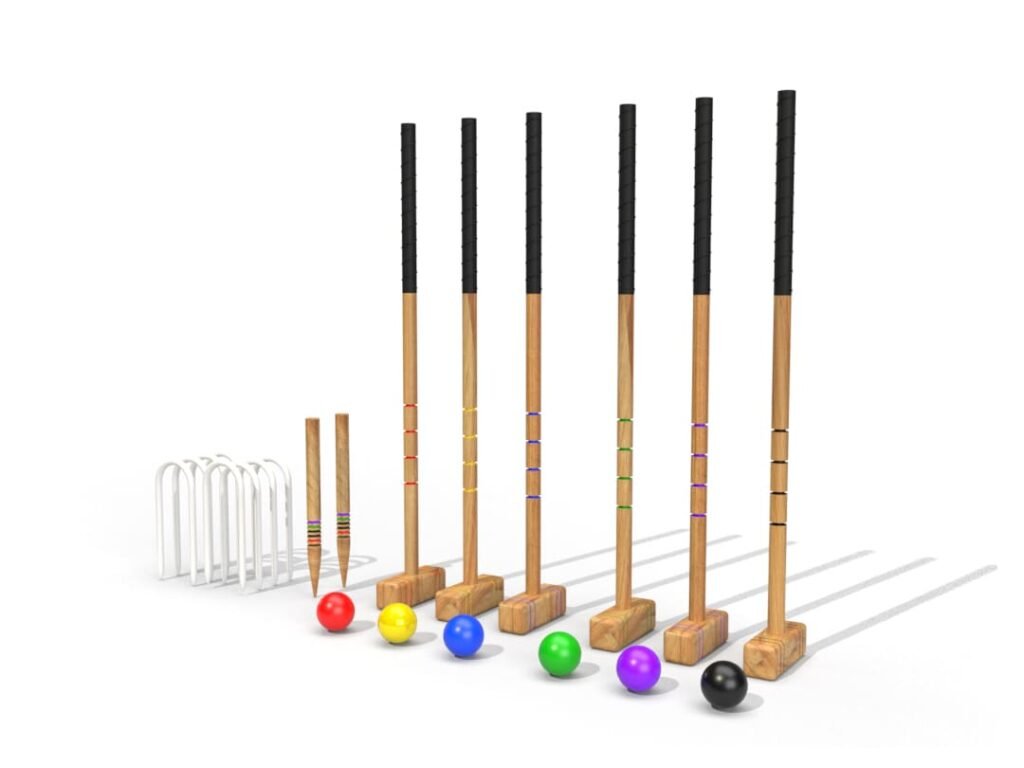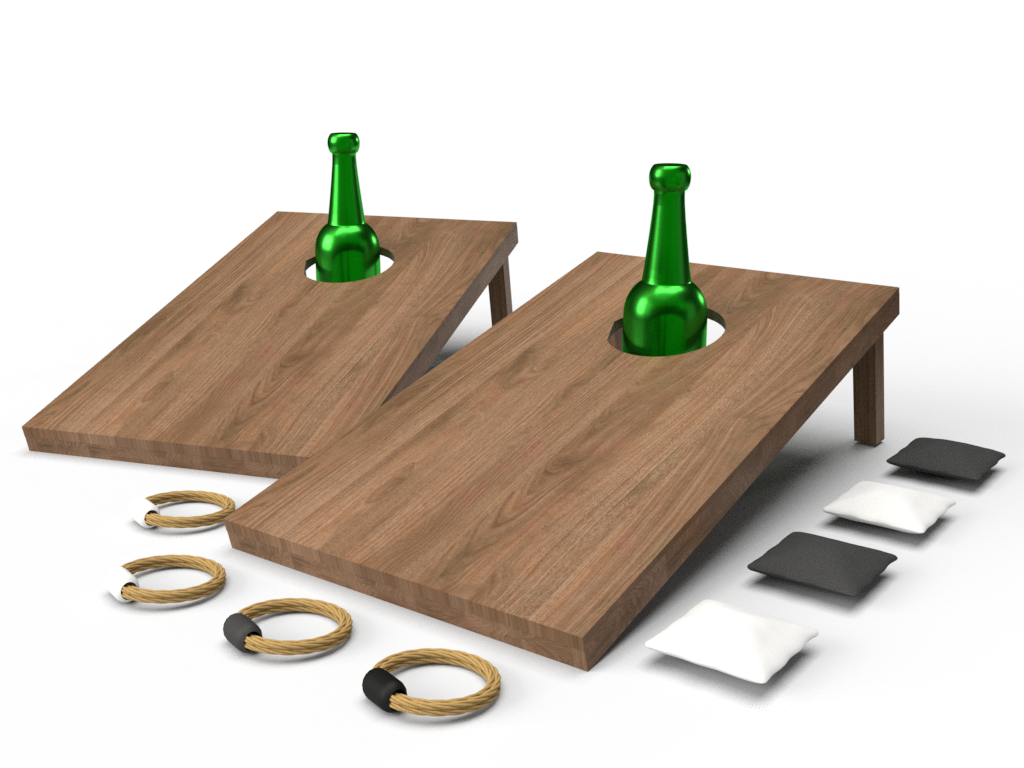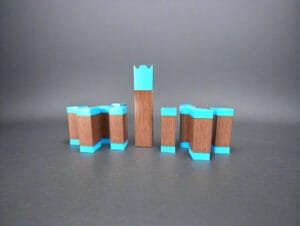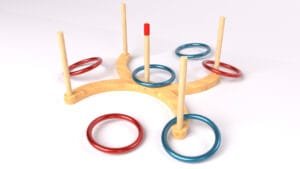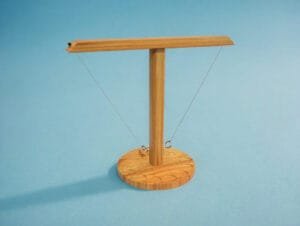Have you ever wondered how the humble wooden garden game is evolving in today’s fast-paced, tech-driven world? While the classics remain popular, there’s a new wave of design and innovation sweeping through this nostalgic niche. This article delves into the latest trends shaping custom wooden garden games, breathing new life into our backyards and outdoor gatherings.
Eco-friendly materials are at the forefront of this revolution in wooden garden games. Combined with minimalist designs, multifunctional purposes, vibrant colors, and advanced durability and technology, these games are not just about fun; they’re a lifestyle choice.
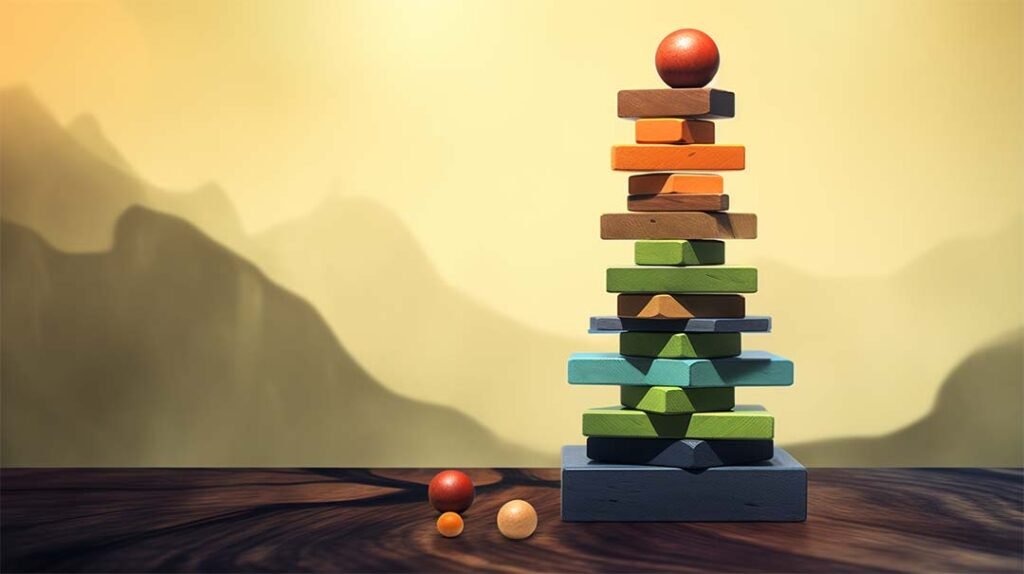
Eco-Friendly Materials
Embracing Sustainability:
- Use of sustainable woods, bamboo, and recycled materials.
- Non-toxic, eco-friendly sealants and paints.
Impact on the Environment:
- Reduced environmental footprint.
- Safe for children and families.
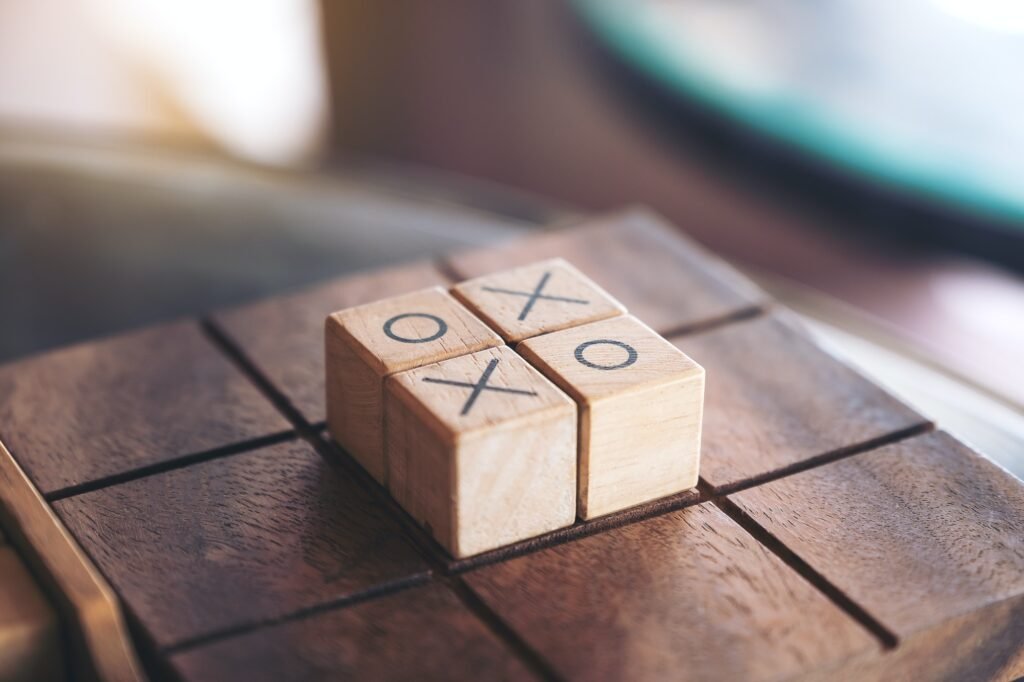
Minimalist Design
Simplicity is the new sophistication in wooden garden game design. Minimalist designs are gaining popularity for their clean lines, understated elegance, and timeless appeal. This trend not only focuses on the aesthetic aspect but also emphasizes functionality, making the games easy to set up and play.
Multifunctional Games
Why have a game that serves only one purpose when you can have multifunctional designs? Modern wooden garden games are being designed to serve multiple purposes. For example, a chessboard that doubles as a tabletop, or a ladder toss game that can be converted into a plant stand. This trend caters to the need for space-saving solutions in modern homes.

Bright Colors and Custom Art
Visual Attractiveness:
- Hand-painted details and vibrant colors.
- Personalized designs for individual tastes.
Personal Touch:
- Custom engravings reflecting personal stories.
- Unique artistry making each piece one-of-a-kind.
Enhanced Durability
Durability is a key consideration in wooden garden games. The latest designs incorporate weather-resistant finishes and stronger joinery techniques to ensure that the games can withstand outdoor elements. This enhancement extends the life of the games, making them a long-term investment for families and game enthusiasts.

Interactive Technology
Digital Integration:
- Incorporation of QR codes for rules and scorekeeping.
- Augmented reality for an immersive experience.
Blending Worlds:
- Combining the physical and digital realms.
- Enhancing user engagement through technology.
Educational Elements
Educational elements are being woven into the fabric of wooden garden game designs. These games are not just about fun; they’re also about learning. Designers are creating games that help develop strategic thinking, problem-solving skills, and even educational concepts for children, making them a valuable tool for both play and learning.
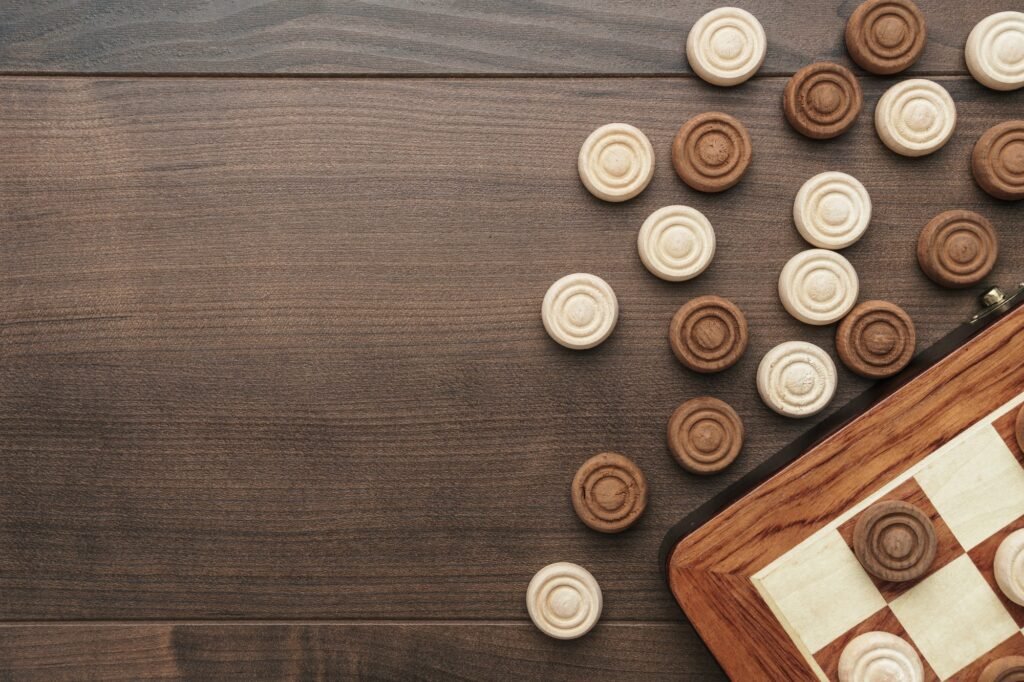
Traditional Games with a Twist
Reinventing traditional games with a modern twist is a trend that’s breathing new life into classic wooden games. Be it a giant version of Jenga with personalized blocks or a chess set with abstractly designed pieces, these games combine the charm of the old with the flair of the new.
Conclusion
The landscape of wooden garden games is transforming, embracing trends that blend sustainability, functionality, art, and technology. These games are evolving from mere leisure activities into meaningful experiences that resonate with modern lifestyles.
FAQs
- Cost and Value of Eco-Friendly Materials:
Slight price increase but offers greater sustainability and safety benefits. - Customization in Minimalist Designs:
Ability to personalize while maintaining simplicity and elegance. - Advantages of Multifunctional Designs:
Ideal for space-limited settings, offering multiple uses in a single design. - Maintenance of Bright Colors and Custom Art:
Regular care ensures lasting vibrancy and artistic detail. - Durability and Longevity in Enhanced Designs:
High-quality materials and construction methods ensure long-term durability. - Interactive Technology and User Engagement:
Digital features increase engagement and add a modern twist to traditional play. - Incorporating Educational Elements:
Skill development and learning opportunities embedded in game design. - Balancing Tradition and Modernity:
Classic games reimagined with contemporary elements for a new generation.

